Full Name Czigany Dezso Role Artist | Name Dezso Czigany Died 1937, Budapest, Hungary | |
 | ||
Born 1 June 1883 Budapest | ||
'Het groenharige monster' - zelfportret van Dezső Czigány
Dezso Czigany (1 June 1883 – 31 December 1937) was a Hungarian painter who was born and died in Budapest. He was one of The Eight (1909-1918), who first exhibited under that name in Budapest in 1911 and were influential in introducing cubism, fauvism and expressionism into Hungarian art.
Contents
- Het groenharige monster zelfportret van Dezs Czigny
- Early life and education
- Career
- Exhibits
- Legacy
- References
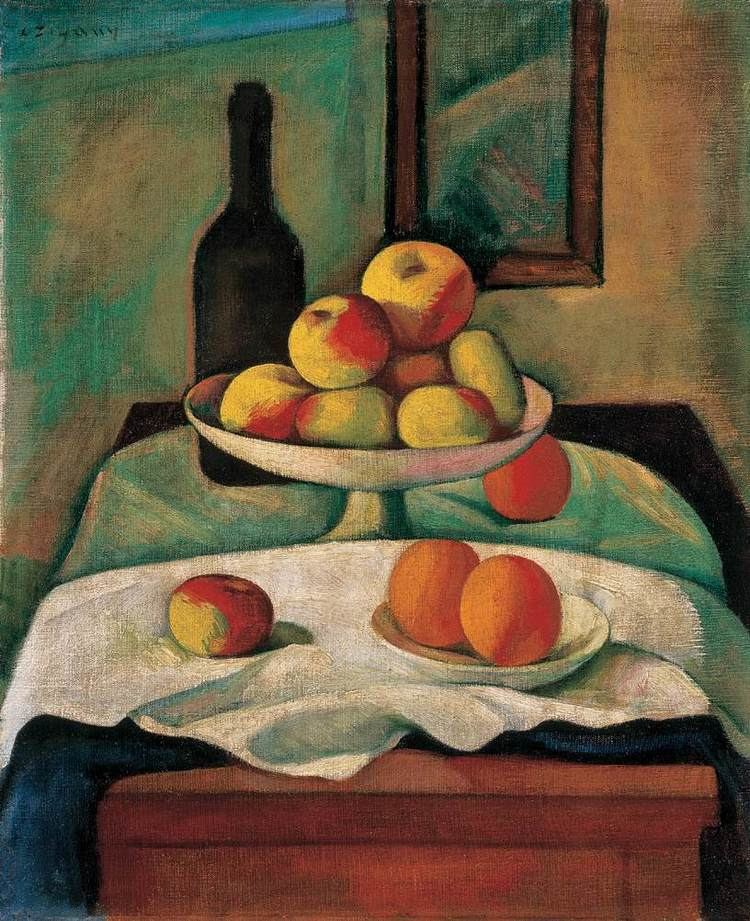
Many of them had studied in Munich and, even more importantly, Paris, from which they brought back leading techniques and artistic movements. They were part of the radical intellectual culture in Budapest in the early 20th century, associated with such poets as Endre Ady and composers as Bela Bartok. In 1937, Czigany killed his family and committed suicide in what was considered a psychotic breakdown.
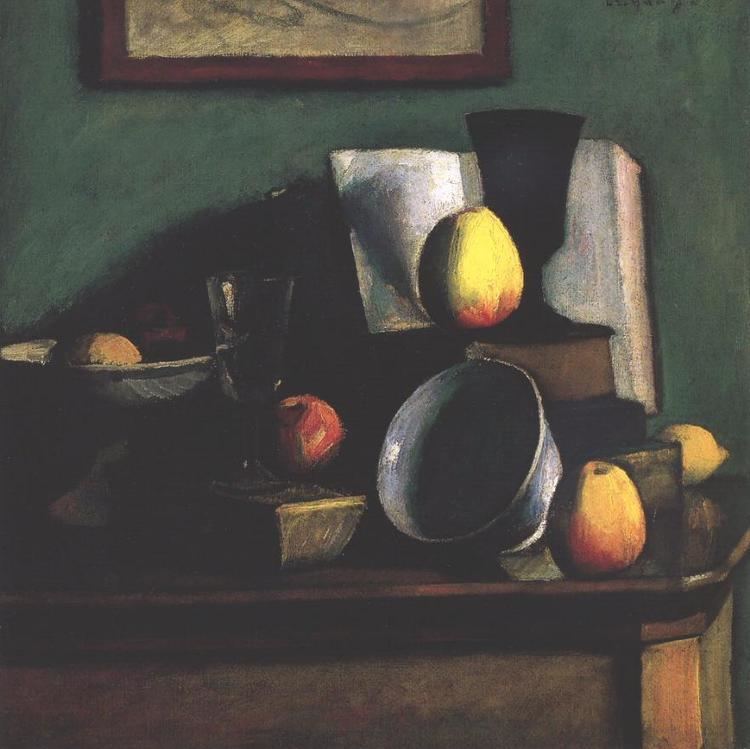
Early life and education
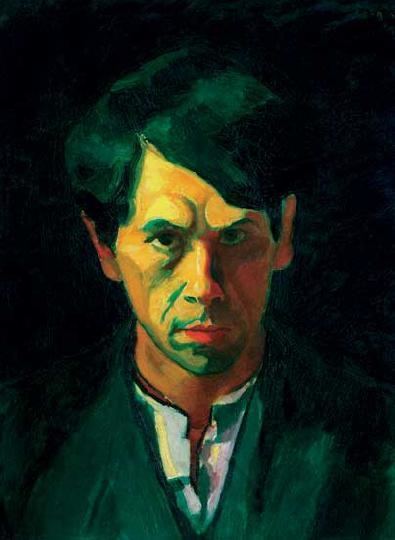
Dezso Czigany was born to a Jewish-Hungarian family in Budapest in 1883. As a young man, he went to Munich to study art, and also to Paris. In 1901 and 1903, he studied at the Nagybanya artists' colony in Hungary, at what is now Baia Mare, Romania.
Career
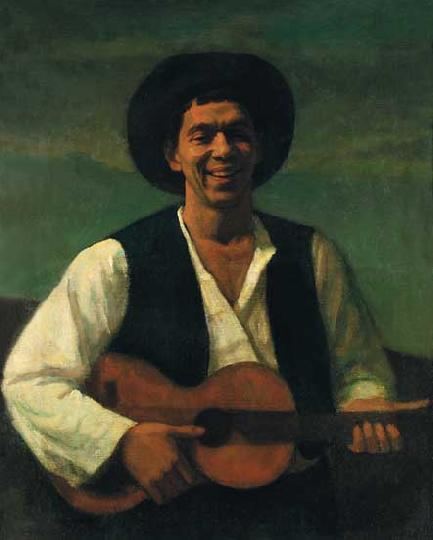
Czigany was interested in exploring more contemporary movements in art and became one of The Eight in Budapest. Their first exhibit, called New Pictures, was in 1909, and in 1911, they opened another called The Eight. Other members included Karoly Kernstok, Bela Czobel, Robert Bereny, Odon Marffy, Deszso Orban, Lajos Tihanyi and Bertalan Por. The sculptors Mark Vedres and Vilmos Femes Beck were also associated with them.
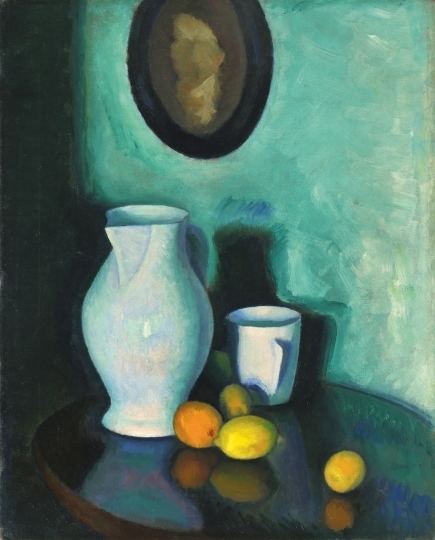
While they had just three exhibits as a group, the painters were influential as part of the radical intellectual life in the city, and participated in related events in literature and music; they were important through 1918. Among the writers and composers involved with The Eight was Endre Ady, and Czigany was one of at least four men who painted a portrait of this pivotal figure and friend in the early 20th century. The composer Bela Bartok was also associated with these artists.
By 1914, Czigany was one of four of the group accepted for an exhibit at the Vienna Kunstlerhaus, together with Marffy, Orban, and Kernstok. The works of Bereny and Tihanyi, who had embraced expressionism, were rejected as too radical.
He painted many still lifes in numerous variations. They are considered to show his quality of restraint and withdrawal, as the scholar Iren Kisdegine Kirimi describes them as "lacking any lyrical quality."
Unlike several members of the group who left in 1919 after the fall of the Hungarian Democratic Republic, Czigany stayed in Hungary for most of his career. In his later life, he also painted numerous self-portraits, always with a serious expression on his face.
Suffering from depression, in 1937 Czigany killed his family and committed suicide.
Shortly after the end of World War II, a solo retrospective exhibition was held in Budapest to honor Czigany's art work. The opening of the Eastern Bloc in the late twentieth century has stimulated renewed interest in these artists who introduced modernist movements. In the 21st century, there have been several exhibits about the modernists: a 2004 exhibit on the Fauvists in Hungary at the Hungarian National Gallery. The centenary of The Eight's first exhibit has prompted two group shows to explore their work in 2011 and 2012 in Hungary and Austria, respectively.
